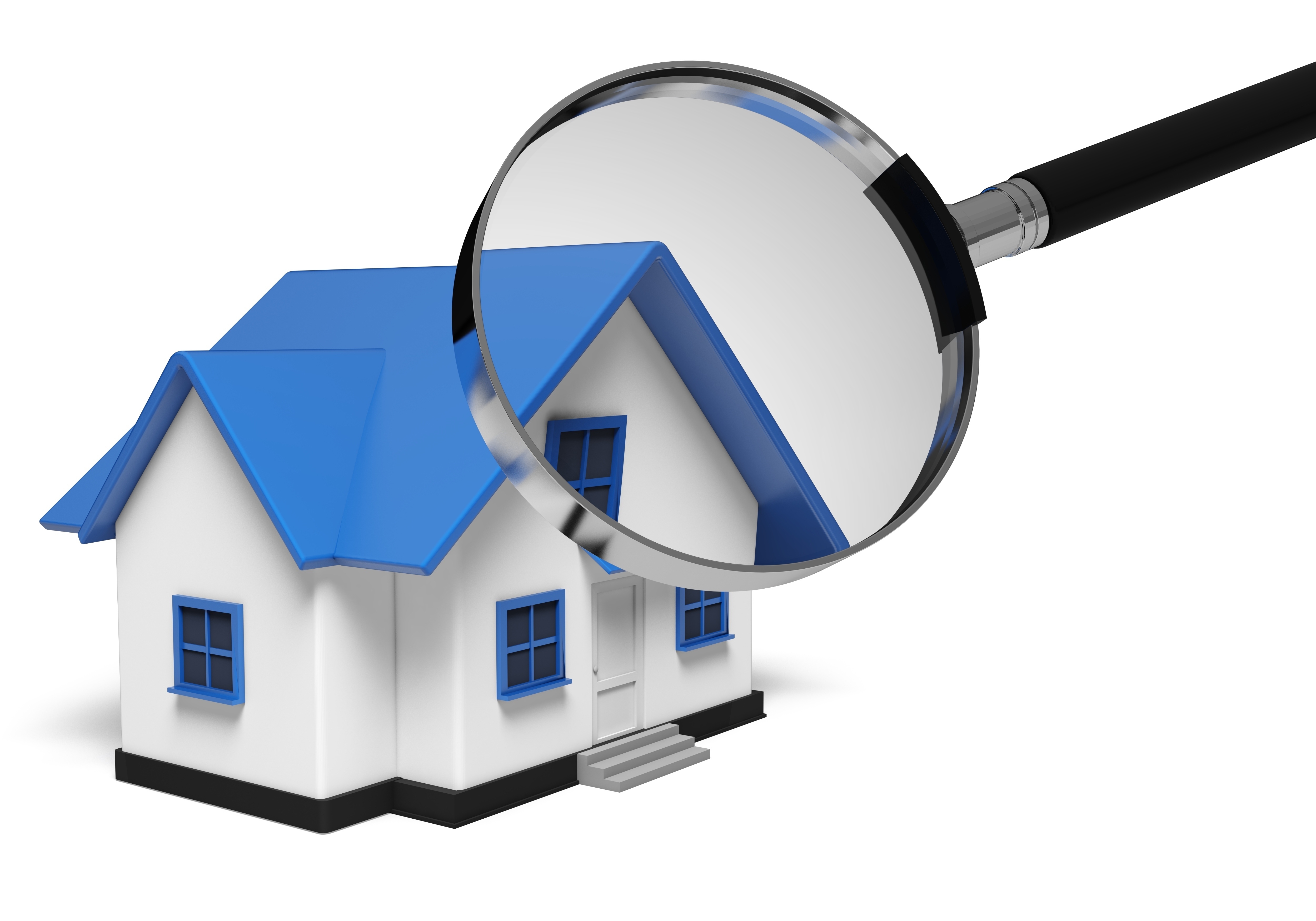
What Are the Parts of an Appraisal?Buying real estate is the most important investment many will ever consider. Whether it's a primary residence, a second vacation home or one of many rentals, the purchase of real property is a detailed transaction that requires multiple people working in concert to see it through. Practically all the participants are quite familiar. The most recognizable person in the exchange is the real estate agent. Then, the lender provides the financial capital necessary to finance the exchange. And ensuring all aspects of the exchange are completed and that the title is clear to transfer to the buyer from the seller is the title company. So, who's responsible for making sure the real estate is worth the amount being paid? In comes the appraiser. We provide an unbiased opinion of what a buyer might expect to pay — or a seller receive — for a parcel of real estate, where both buyer and seller are informed parties. A licensed, certified, professional appraiser from Cade Mountain Appraisals will ensure, you as an interested party, are informed. Appraisals start with the property inspectionTo determine the true status of the property, it's our responsibility to first complete a thorough inspection. We must actually see aspects of the property, such as the number of bedrooms and bathrooms, the location, amenities, etc., to ensure they truly exist and are in the condition a typical buyer would expect them to be. To make sure the stated square footage has not been misrepresented and describe the layout of the house, the inspection often requires creating a sketch of the floorplan. Most importantly, we look for any obvious features - or defects - that would have an impact on the value of the house. Following the inspection, we use two or three approaches to determining the value of real property: a paired sales analysis, a replacement cost calculation, and an income approach when rental properties are prevalent. 
Cost ApproachHere, the appraiser analyzes information on local building costs, labor rates and other factors to determine how much it would cost to build a property comparable to the one being appraised. This figure usually sets the maximum on what a property would sell for. It's also the least used predictor of value. 
Sales ComparisonAppraisers are intimately familiar with the neighborhoods in which they work. They innately understand the value of specific features to the people of that area. Then, the appraiser looks up recent transactions in the neighborhood and finds properties which are 'comparable' to the subject being appraised. By assigning a dollar value to certain items such as upgraded appliances, additional bathrooms, additional living area, quality of construction, lot size, we adjust the comparable properties so that they more accurately portray the features of subject.
In the end, the appraiser reconciles the adjusted sales prices of all the comps and then derives an opinion of what the subject could sell for. When it comes to valuing features of homes in Pagosa Springs and Archuleta, Cade Mountain Appraisals is second to none. The sales comparison approach to value is usually awarded the most weight when an appraisal is for a home purchase. Valuation Using the Income ApproachA third method of valuing a property is sometimes employed when a neighborhood has a measurable number of renter occupied properties. In this situation, the amount of revenue the real estate generates is taken into consideration along with income produced by comparable properties to derive the current value. ReconciliationCombining information from all approaches, the appraiser is then ready to stipulate an estimated market value for the property in question. The estimate of value at the bottom of the appraisal report is not necessarily the final sales price even though it is likely the best indication of what a property is worth. Depending on the specific situations of the buyer or seller, their level of urgency or a buyer's desire for that exact property, the closing price of a home can always be driven up or down.Regardless, the appraised value is typically used as a guideline for lenders who don't want to loan a buyer more money than the property is actually worth. It all comes down to this, an appraiser from Cade Mountain Appraisals will guarantee you discover the most fair and balanced property value, so you can make the most informed real estate decisions. |